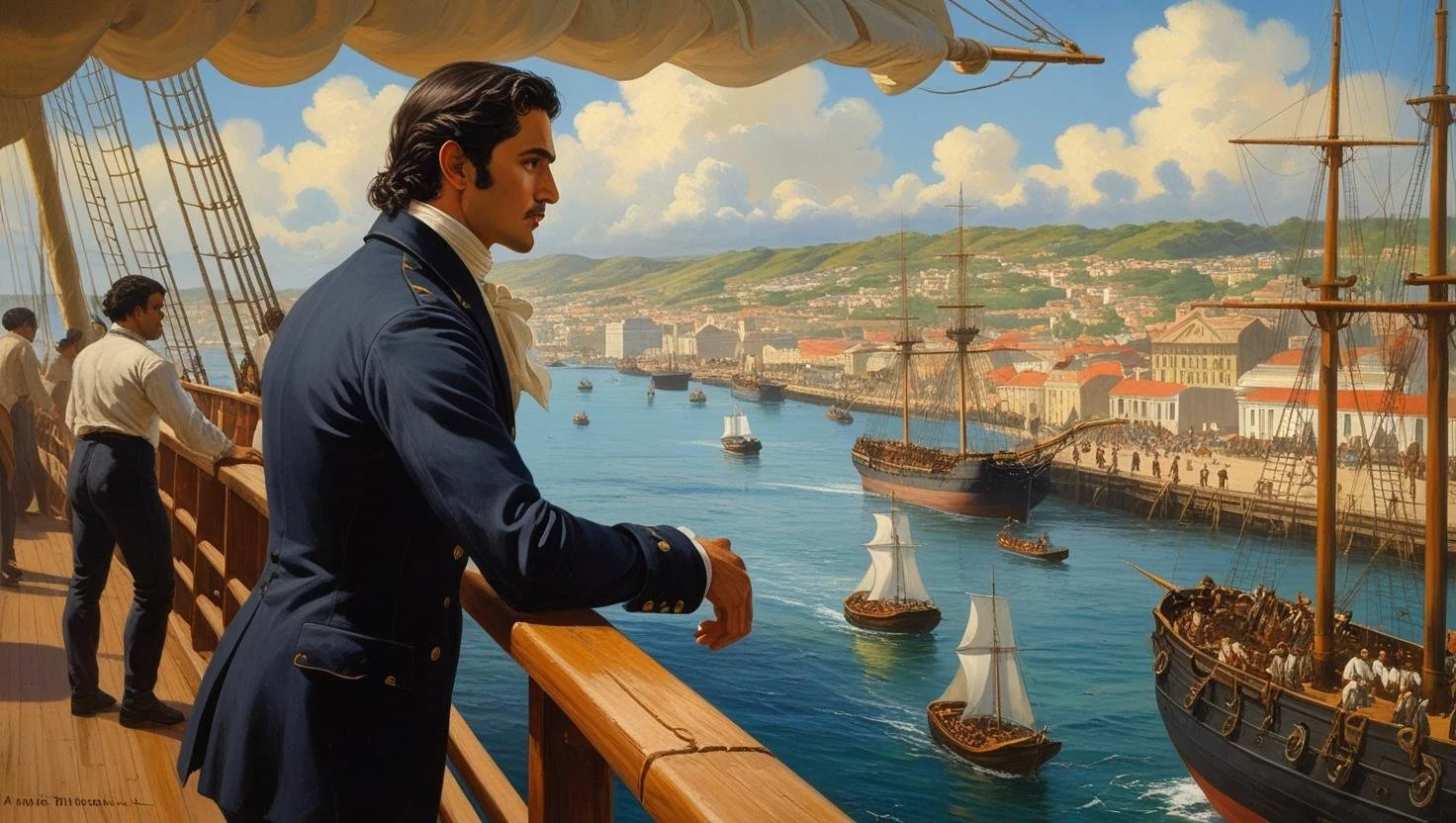Triumph To Tragedy Book Five & Six Launches May 18th & 20th at Nova Southeastern University - A Synopsis
Jean-Pierre Boyer Becomes President in 1818
In the heart of the Caribbean lies Hispaniola, a land steeped in history and shared by two distinct cultures. In the aftermath of the Haitian Revolution in the western part of Hispaniola, Jean-Pierre Boyer seized control as President of Ayiti (Haiti) at forty-six, embodying a blend of authority and ambition. With a mixed-race heritage and a sharp political mind, he seeks to unify the island of Hispaniola under his rule, driven by a vision of manifest destiny.
Yet, it is Marie-Madeleine Lachenais, affectionately known as Joute, who wields actual influence. At forty-four, her beauty is complemented by her keen intellect, allowing her to navigate the complex social
The Most Powerful Woman of the Caribbean
hierarchies of her time deftly. Although her name rarely appears in official documents, her presence is felt in every corner of the national palace, shaping policies and directing the nation’s course.
Together, Boyer and Lachenais form a partnership that seeks not only power but also the unification of the entirety of Hispaniola, eyeing the neglected Spanish colony of Santo Domingo to the east as a tantalizing opportunity.
Boyer marches his army east into the capital city of Santo Domingo without firing a single shot, unifying the entire island under the flag of Haiti —a unification that lasts twenty-three years.
France Demands 150 Million Gold Francs
However, Boyer faces a harrowing choice presented by the King of France, still bitter at the French loss of the Haitian Revolution, which cost them the most prized real estate on the planet, the colony of Saint-Domingue. The King’s ultimatum that will shape the future of the island: pay the price of 150 million gold francs for freedom or risk devastation.
Meanwhile, Dominican Juan Pablo Duarte, a visionary inspired by European ideals, ignites a movement for Dominican independence, weaving a new identity from the threads of resistance and hope. As natural disasters and political strife threaten to unravel all of their dreams, the island’s inhabitants confront the harsh realities of debt, division, and the yearning for self-determination.
Juan Pablo Duarte Returns to Hispaniola
Triumph To Tragedy’s two-part Books Five and Six on Hispaniola is a compelling tale of ambition, intimacy, and the intricate dance of politics. It reveals Hispaniola as a vibrant stage for the struggle for liberty and sovereignty, where two cultures grapple with their identities amid the shadows of colonialism. From the fiery birth of Haiti, a slave colony forged in rebellion and resilience, to the aspirations of the Spanish Dominican Republic, this compelling narrative unveils the intertwined destinies of its people.
The Dominican Republic Declares Independence
Triumph To Tragedy Books Five and Six, The Unification and Dissolution of Hispaniola, set from 1820 through 1845, is not just a tale of borders and battles; it is a profound exploration of how nations reflect one another, revealing the multifaceted nature of freedom and the shared human desire for dignity.
Join the journey through a pivotal chapter in Caribbean history, where the echoes of the past resonate in the quest for a future defined by unity, resilience, and the unyielding spirit of its people.






